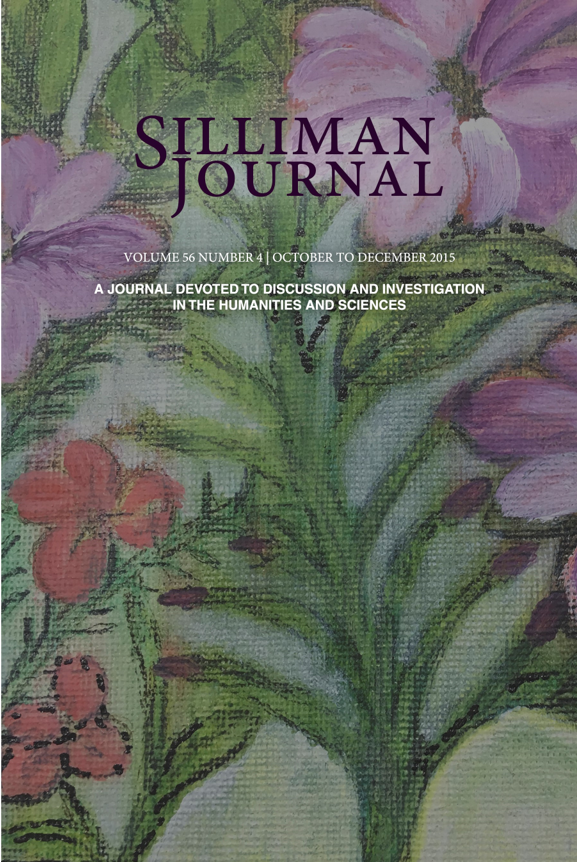Total Suspended Solids and Sedimentation Rate in Calape Bay (Bohol Island, Central Philippines) After Three Decades of Mariculture Activities
Keywords:
aquaculture, organic matter, sedimentation rate, TSSAbstract
Calape Bay is a declared mariculture zone under the local government unit of Calape in Bohol Island, Central Philippines. A survey was conducted in December 2011 and January 2012 to evaluate its totalsuspended solids (TSS), sedimentation rate (SR), and suspended total organic matter (TOM). Results show that present TSS values (80-120 mg/L) were 30 to 80 times higher than the values obtained 10 years ago. High TSS values were recorded in areas where fish cages were located. Sedimentation rate showed highest value (18.8 mg/cm2 /day) proximal to the river and lowest value (3.2 mg/cm2 /day) at the marine
sanctuary which is 4.2 kilometers from the river mouth. KruskalWallis test established that there was a significant difference of the sedimentation rates among sites (P=0.02). The suspended total organic matter (2.0-8.9%) was higher at the center of the bay where the fish cages were located. The preceding values have exceeded the standards of sustainable water quality set by the Department of Environment and Natural Resources (DENR). This study confirmed that Calape Bay is threatened with organic pollution from internal and external sources after three decades of mariculture activities. If the sustainability of this bay is of primary interest due to its economic benefits to the people who depend on it for fishing, mariculture and navigation, then there is a need to establish a water monitoring system inside the bay the soonest possible time to regulate and maintain a healthy water quality standard for a sustainable aquatic ecosystem. There is also a need to determine the impacts of aquaculture-induced and river-carried sedimentation and organic matter on marine diversity and people’s fishing livelihood in and nearby Calape areas.


